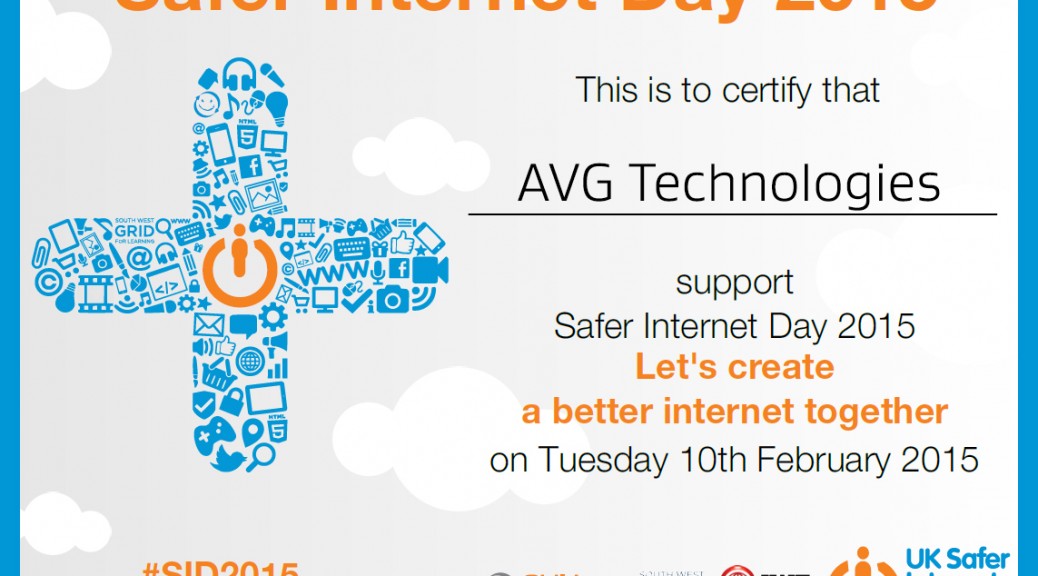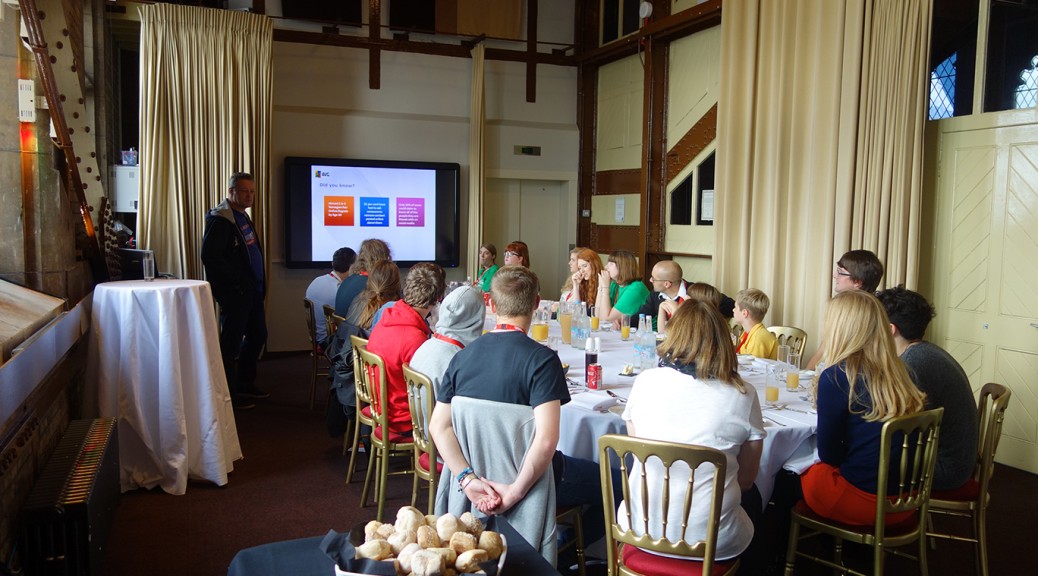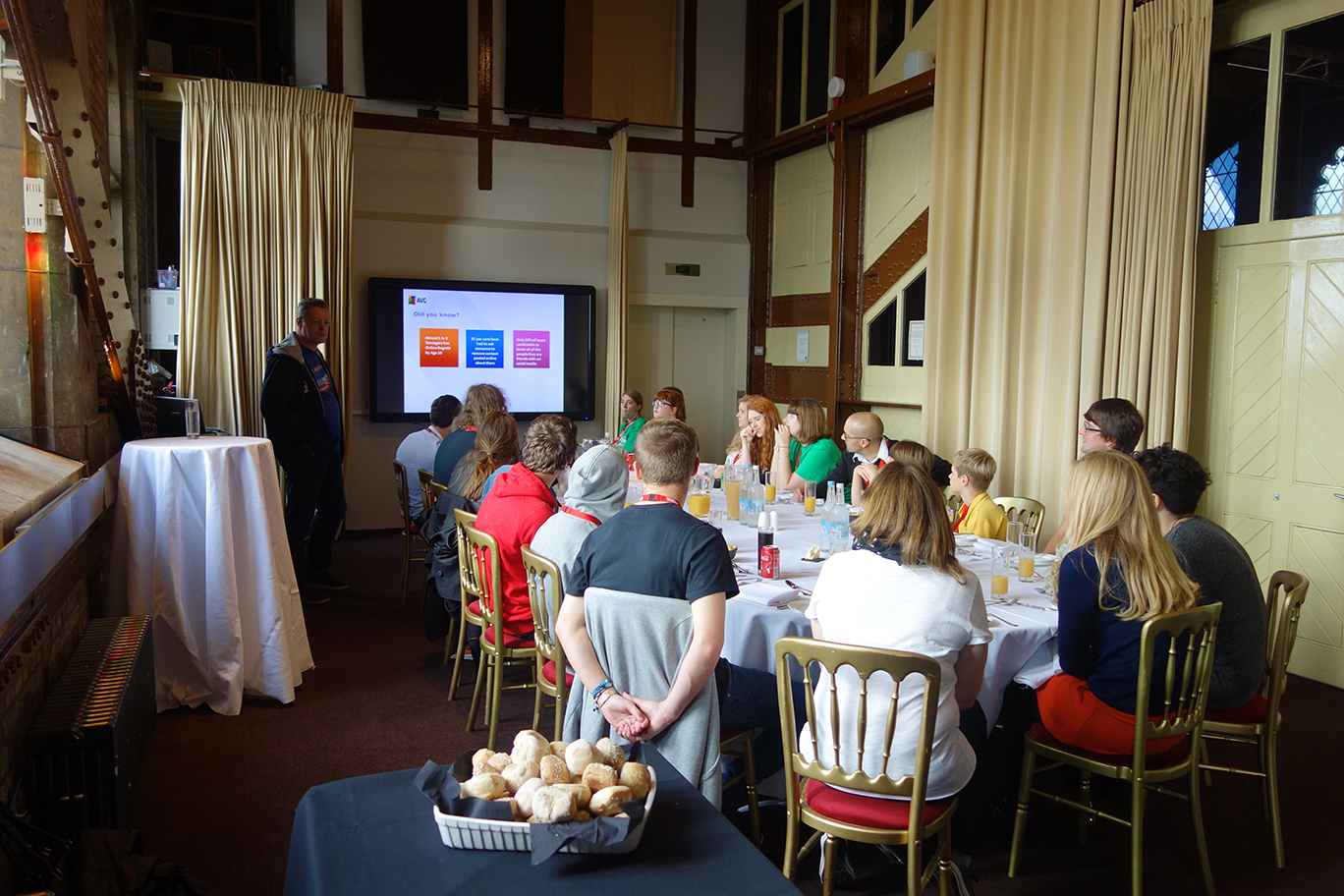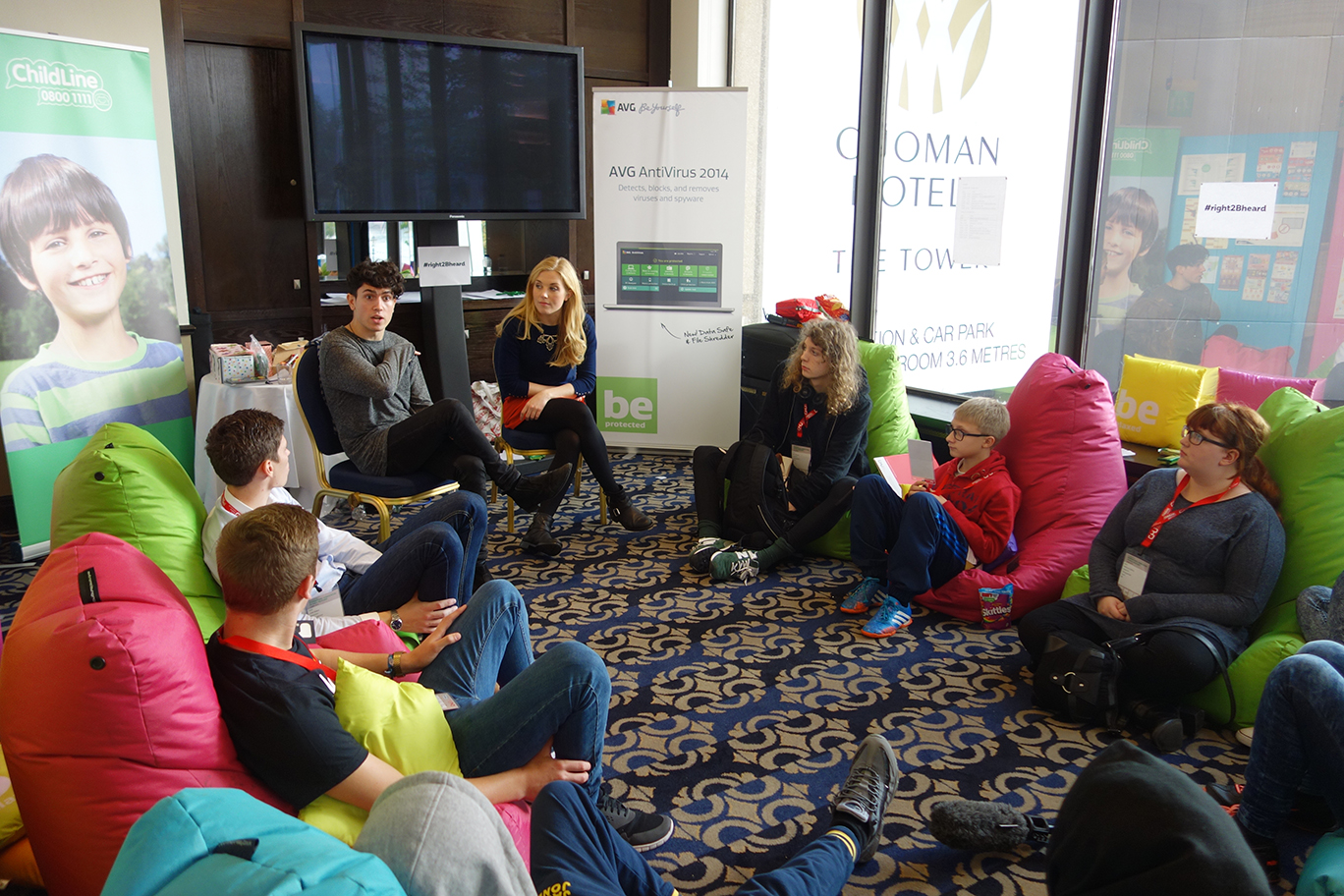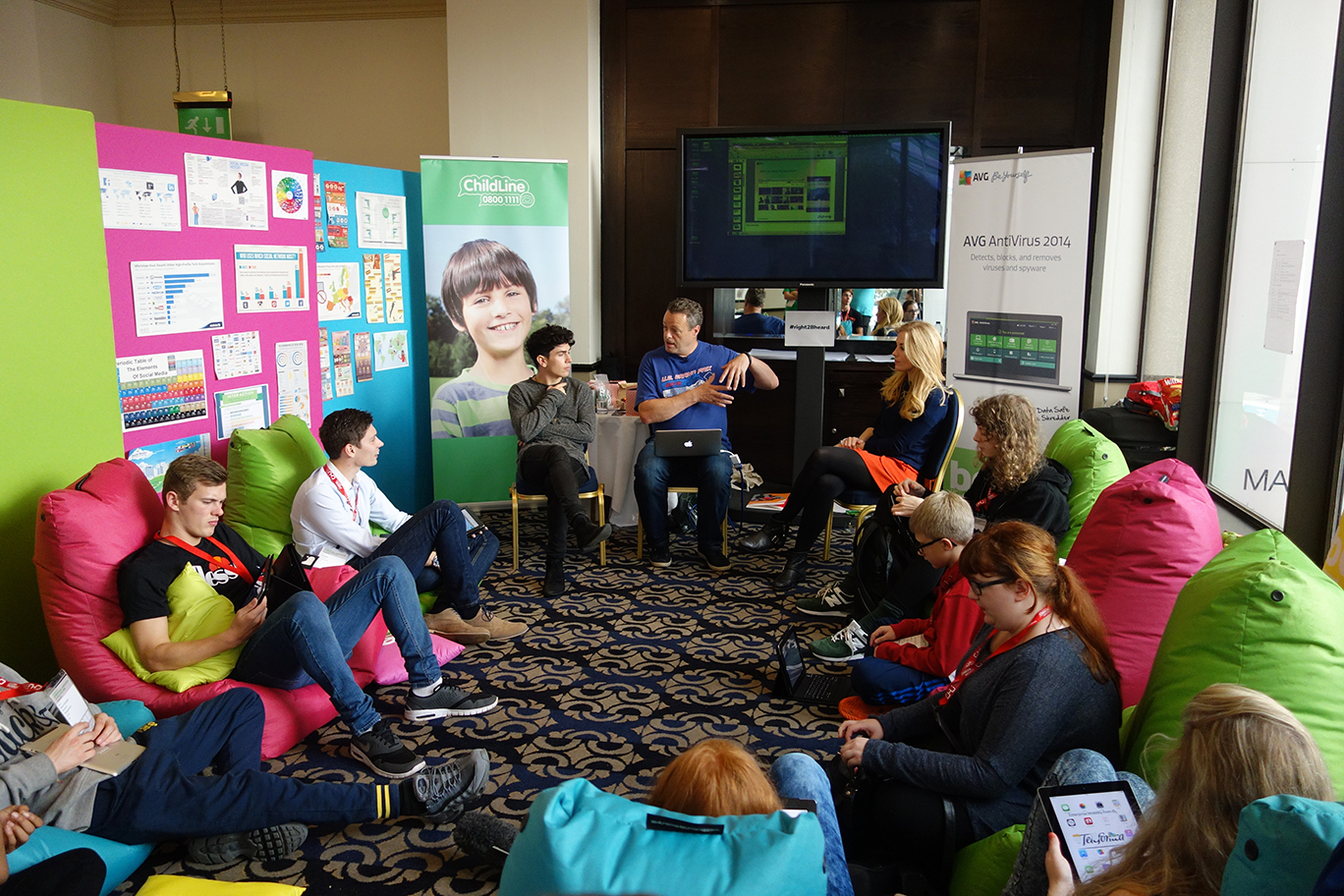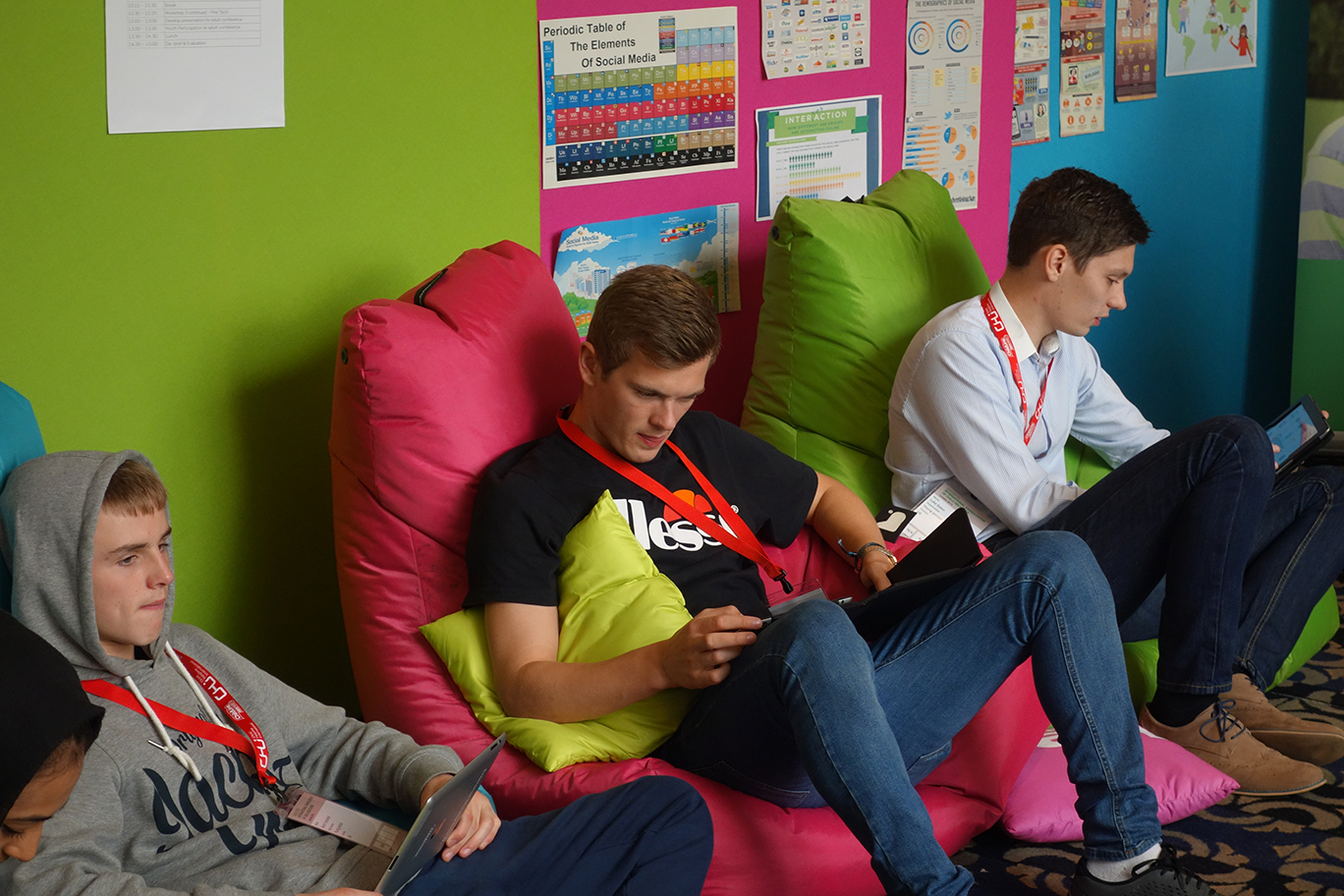Safer Internet Day is fast approaching on February 10. and now is a great time to think about what we can all do to help make the Internet a safer place for everyone, especially children or those just coming online.
I am pleased to announce that AVG is a registered supporter of Safer Internet Day and that this year we will be working with the Anti Bullying Alliance in the UK to create valuable resources for young people and parents.
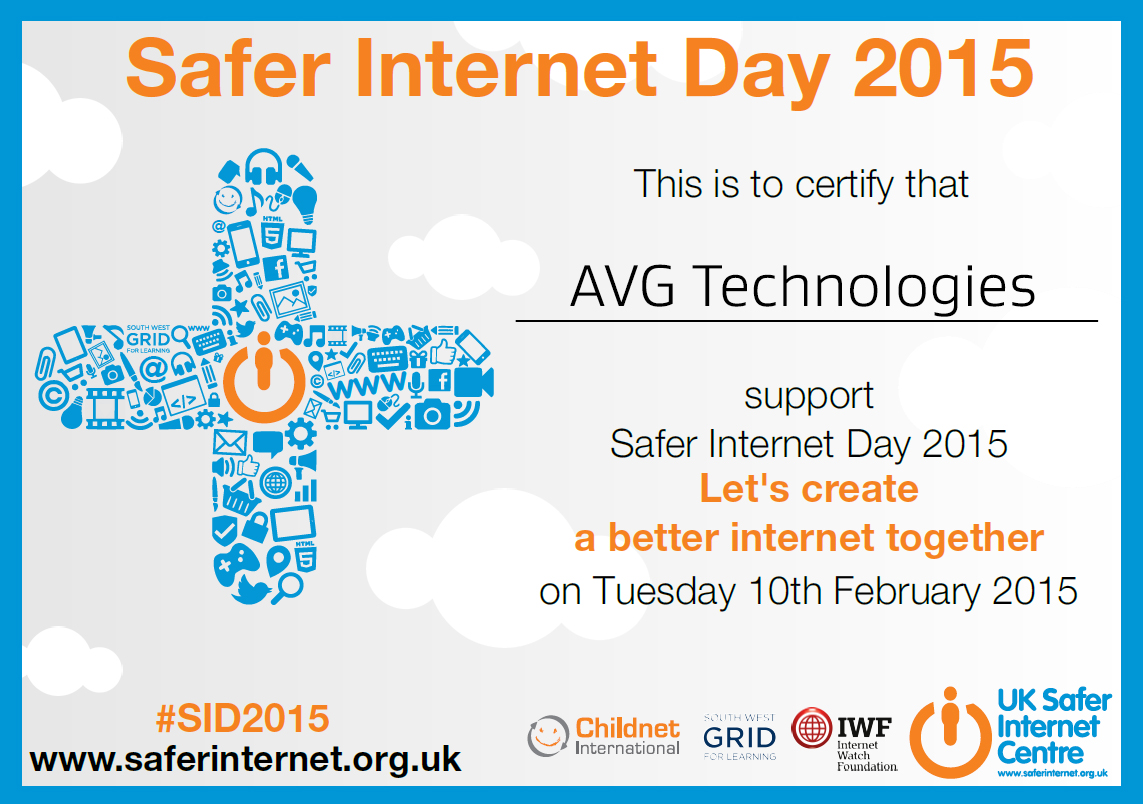
The Internet is an incredible tool and every one of us uses it in our own way. It is important to think about small steps that you can take to make the Internet a safer place for yourself, your friends and family.
These days, being safe online doesn’t just mean on your computer. Mobile browsing and gaming is more popular than ever and with micropayments available at the click of a button, staying safe on your mobile is a must.
Here are some great tips on how to stay safe on your Android device.
Get Involved
Whether you run a business or just use Facebook, Safer Internet Day is about working together to create a more secure, harmonious web for us all to enjoy.
The Safer Internet Day website has several resources that can help you get started if you are thinking of getting involved.
Here are a few ways I plan to mark Safer Internet Day 2015:
- Social sharing spring clean: A quick double check to make sure I’m only sharing with people that I want to.
- Two Factor Authentication: Enabling this on my email and banking will help make sure my online accounts are as safe as they can be.
- Set a passcode on my tablet: Protecting your online world starts with the devices and setting a passcode will help keep my devices and data safe.
At very least, I would recommend taking the Safer Internet quiz, which has loads of great tips on staying safe online.
